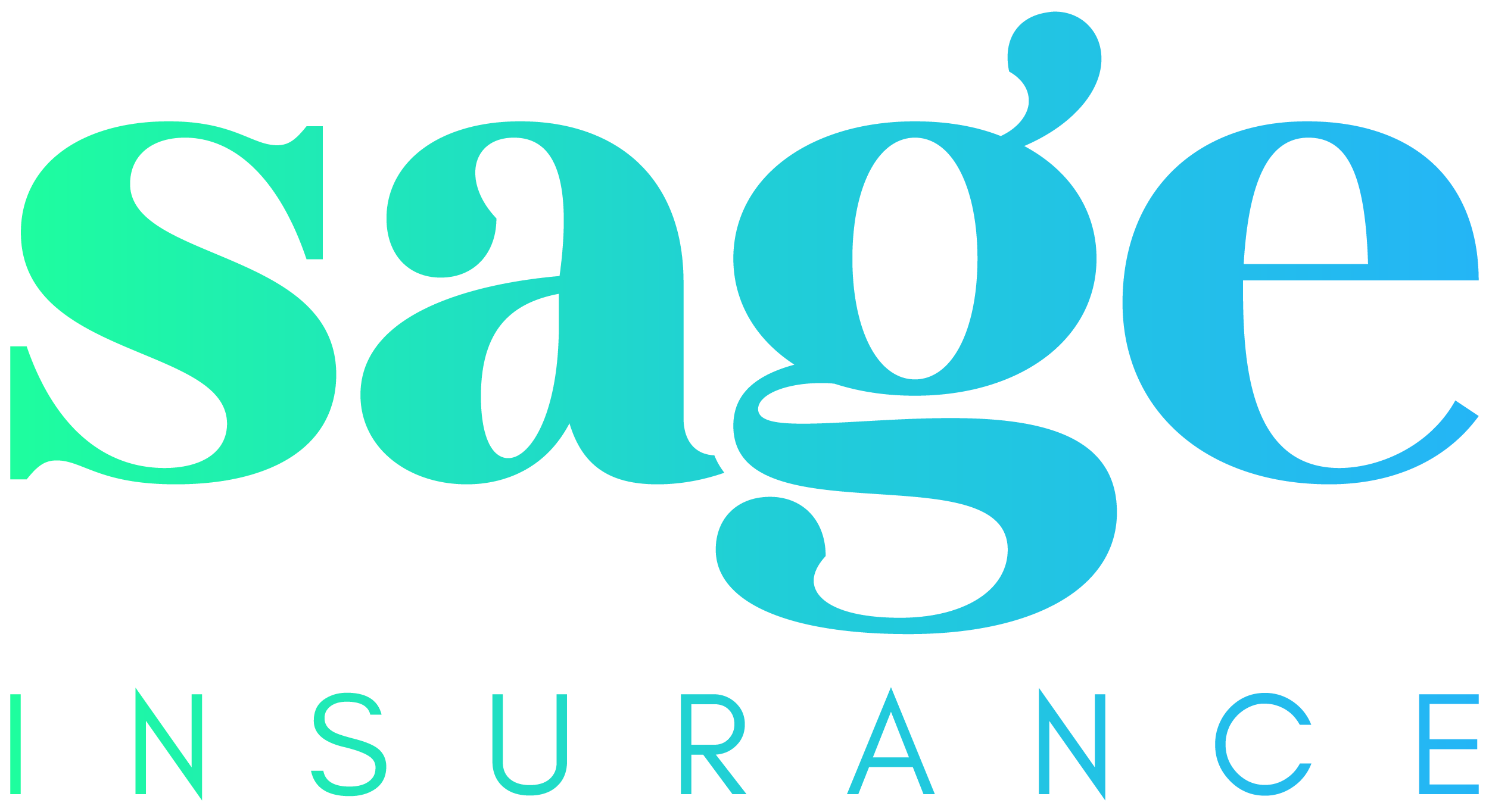


How To Protect Your Business From The New Hybrid Workforce
The modern workforce has changed dramatically. Traditional office setups are giving way to hybrid models, and more businesses than ever are relying on freelancers, contractors and remote teams. With 36% of employees now working from home (ABS, 2025) and another 46% working in hybrid arrangements (Roy Morgan, 2025), flexible work is here to stay.
While this shift offers agility and access to a wider talent pool, it also introduces new and often overlooked risks that many organisations have yet to address in their insurance programs.
Evolving Workforce, Evolving Risks
The move to hybrid and remote work brings a mix of financial, operational and legal challenges. Productivity, data security and workplace culture can all be affected, while physical risks like ergonomic injuries or home-based accidents also become more common.
Many traditional insurance policies were designed for office-based environments and may not fully account for these changes. Without proper updates, businesses risk coverage gaps in property, liability or workers’ compensation policies.
For example, an employee injured while working from home, or a contractor who accidentally triggers a cyber incident, may not be fully protected under outdated coverage.
Key Areas of Exposure
Cyber and Data Security:
Remote work environments increase exposure to phishing, ransomware and data breaches. One compromised device can jeopardise client information and intellectual property. Cyber liability insurance is now essential, covering data recovery, business interruption and legal costs.Work Health and Safety (WHS):
Employers retain WHS obligations even when staff work from home or off-site. If an employee is injured while performing duties remotely, clear policy wording is crucial to avoid disputes over responsibility or coverage.Professional Liability:
Freelancers and contractors performing specialist tasks can expose businesses to claims of error, omission or negligence. While independent professionals should have their own indemnity cover, businesses must verify this and ensure their own policies extend to subcontracted work.Employment Practices and Legal Exposures:
The evolving distinction between “employee” and “contractor” creates potential legal and insurance risks, including unfair dismissal, discrimination and workplace bullying claims. Management Liability insurance helps protect both the business and its directors.
Why an Updated Insurance Program Matters
A comprehensive insurance program tailored to hybrid and flexible teams protects the business while demonstrating a commitment to responsible, forward-thinking operations.
Partnering with an experienced insurance broker helps identify gaps, assess emerging risks and design coverage that aligns with modern work arrangements. Brokers also provide ongoing guidance through claims and policy reviews, allowing businesses to focus on growth with confidence that their people, assets and reputation are protected.
The Bottom Line
Only 22% of Australian CEOs expect corporate employees to return to the office full-time in the next three years (Insurance News, 2025).
The future of work is flexible, but flexibility without protection can be costly. Whether managing a hybrid team, collaborating with contractors or leading a digital-first organisation, every business must ensure its insurance framework reflects today’s realities.
The modern workforce has changed dramatically. Traditional office setups are giving way to hybrid models, and more businesses than ever are relying on freelancers, contractors and remote teams. With 36% of employees now working from home (ABS, 2025) and another 46% working in hybrid arrangements (Roy Morgan, 2025), flexible work is here to stay.
While this shift offers agility and access to a wider talent pool, it also introduces new and often overlooked risks that many organisations have yet to address in their insurance programs.
Evolving Workforce, Evolving Risks
The move to hybrid and remote work brings a mix of financial, operational and legal challenges. Productivity, data security and workplace culture can all be affected, while physical risks like ergonomic injuries or home-based accidents also become more common.
Many traditional insurance policies were designed for office-based environments and may not fully account for these changes. Without proper updates, businesses risk coverage gaps in property, liability or workers’ compensation policies.
For example, an employee injured while working from home, or a contractor who accidentally triggers a cyber incident, may not be fully protected under outdated coverage.
Key Areas of Exposure
Cyber and Data Security:
Remote work environments increase exposure to phishing, ransomware and data breaches. One compromised device can jeopardise client information and intellectual property. Cyber liability insurance is now essential, covering data recovery, business interruption and legal costs.Work Health and Safety (WHS):
Employers retain WHS obligations even when staff work from home or off-site. If an employee is injured while performing duties remotely, clear policy wording is crucial to avoid disputes over responsibility or coverage.Professional Liability:
Freelancers and contractors performing specialist tasks can expose businesses to claims of error, omission or negligence. While independent professionals should have their own indemnity cover, businesses must verify this and ensure their own policies extend to subcontracted work.Employment Practices and Legal Exposures:
The evolving distinction between “employee” and “contractor” creates potential legal and insurance risks, including unfair dismissal, discrimination and workplace bullying claims. Management Liability insurance helps protect both the business and its directors.
Why an Updated Insurance Program Matters
A comprehensive insurance program tailored to hybrid and flexible teams protects the business while demonstrating a commitment to responsible, forward-thinking operations.
Partnering with an experienced insurance broker helps identify gaps, assess emerging risks and design coverage that aligns with modern work arrangements. Brokers also provide ongoing guidance through claims and policy reviews, allowing businesses to focus on growth with confidence that their people, assets and reputation are protected.
The Bottom Line
Only 22% of Australian CEOs expect corporate employees to return to the office full-time in the next three years (Insurance News, 2025).
The future of work is flexible, but flexibility without protection can be costly. Whether managing a hybrid team, collaborating with contractors or leading a digital-first organisation, every business must ensure its insurance framework reflects today’s realities.
The modern workforce has changed dramatically. Traditional office setups are giving way to hybrid models, and more businesses than ever are relying on freelancers, contractors and remote teams. With 36% of employees now working from home (ABS, 2025) and another 46% working in hybrid arrangements (Roy Morgan, 2025), flexible work is here to stay.
While this shift offers agility and access to a wider talent pool, it also introduces new and often overlooked risks that many organisations have yet to address in their insurance programs.
Evolving Workforce, Evolving Risks
The move to hybrid and remote work brings a mix of financial, operational and legal challenges. Productivity, data security and workplace culture can all be affected, while physical risks like ergonomic injuries or home-based accidents also become more common.
Many traditional insurance policies were designed for office-based environments and may not fully account for these changes. Without proper updates, businesses risk coverage gaps in property, liability or workers’ compensation policies.
For example, an employee injured while working from home, or a contractor who accidentally triggers a cyber incident, may not be fully protected under outdated coverage.
Key Areas of Exposure
Cyber and Data Security:
Remote work environments increase exposure to phishing, ransomware and data breaches. One compromised device can jeopardise client information and intellectual property. Cyber liability insurance is now essential, covering data recovery, business interruption and legal costs.Work Health and Safety (WHS):
Employers retain WHS obligations even when staff work from home or off-site. If an employee is injured while performing duties remotely, clear policy wording is crucial to avoid disputes over responsibility or coverage.Professional Liability:
Freelancers and contractors performing specialist tasks can expose businesses to claims of error, omission or negligence. While independent professionals should have their own indemnity cover, businesses must verify this and ensure their own policies extend to subcontracted work.Employment Practices and Legal Exposures:
The evolving distinction between “employee” and “contractor” creates potential legal and insurance risks, including unfair dismissal, discrimination and workplace bullying claims. Management Liability insurance helps protect both the business and its directors.
Why an Updated Insurance Program Matters
A comprehensive insurance program tailored to hybrid and flexible teams protects the business while demonstrating a commitment to responsible, forward-thinking operations.
Partnering with an experienced insurance broker helps identify gaps, assess emerging risks and design coverage that aligns with modern work arrangements. Brokers also provide ongoing guidance through claims and policy reviews, allowing businesses to focus on growth with confidence that their people, assets and reputation are protected.
The Bottom Line
Only 22% of Australian CEOs expect corporate employees to return to the office full-time in the next three years (Insurance News, 2025).
The future of work is flexible, but flexibility without protection can be costly. Whether managing a hybrid team, collaborating with contractors or leading a digital-first organisation, every business must ensure its insurance framework reflects today’s realities.





